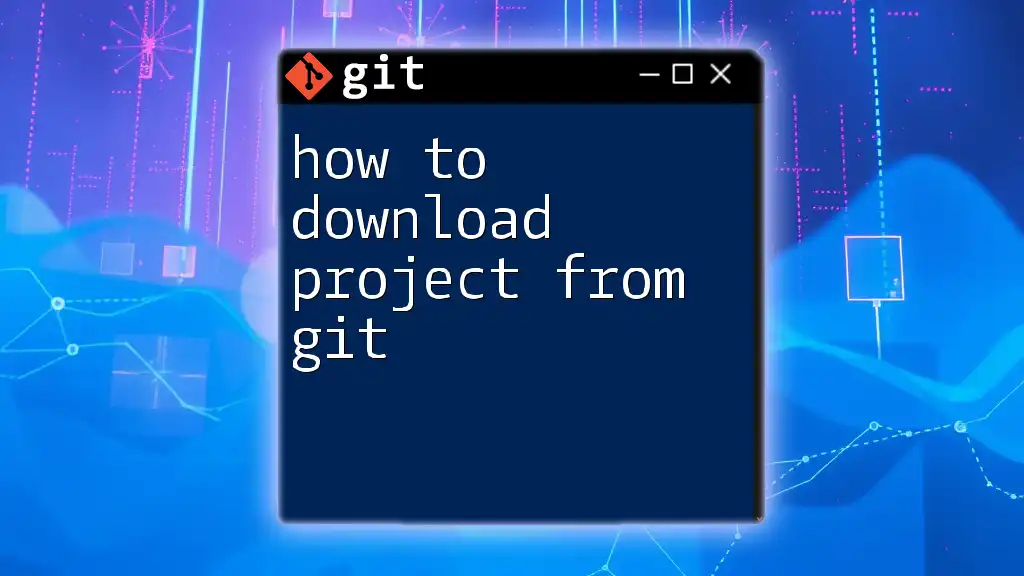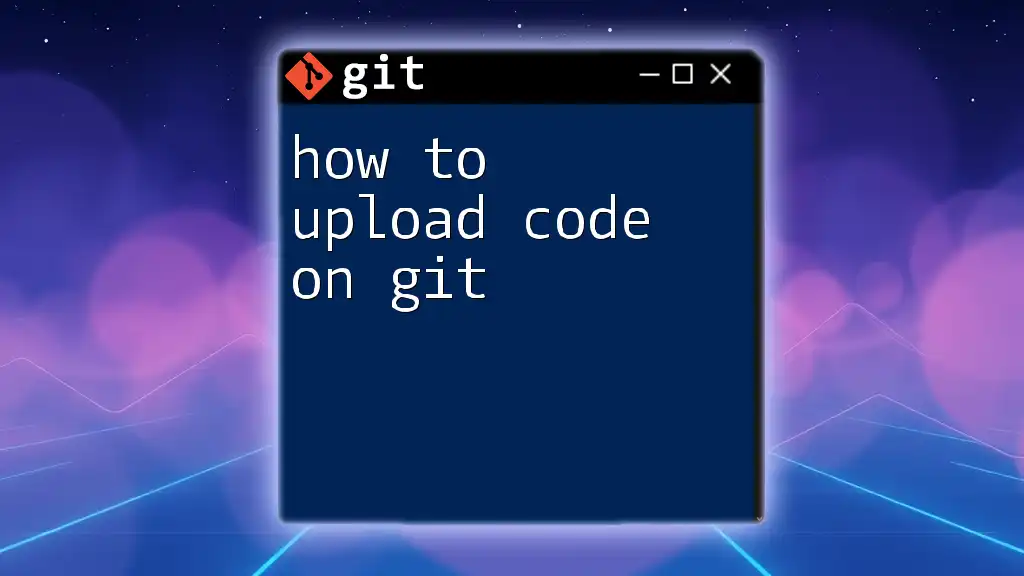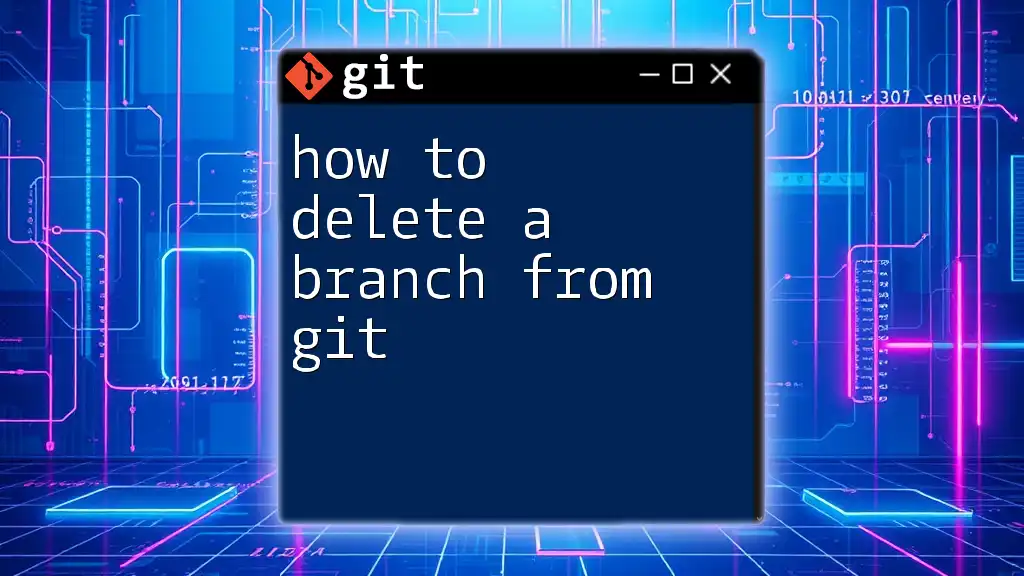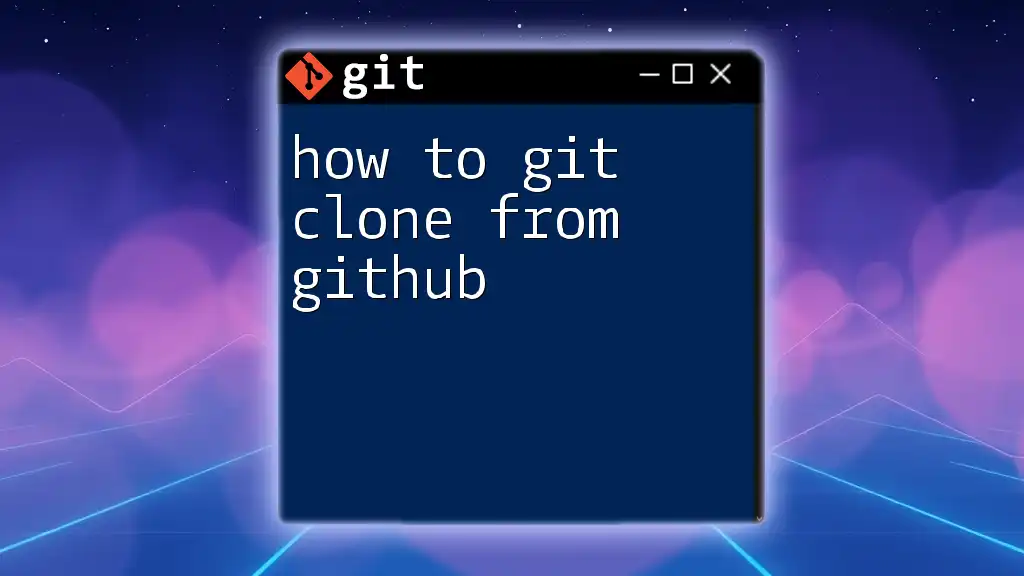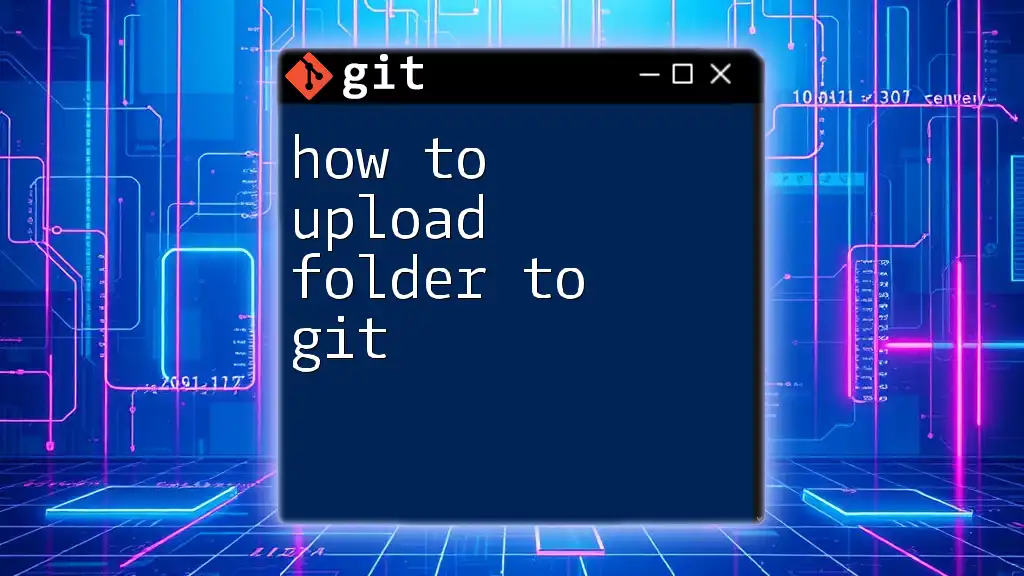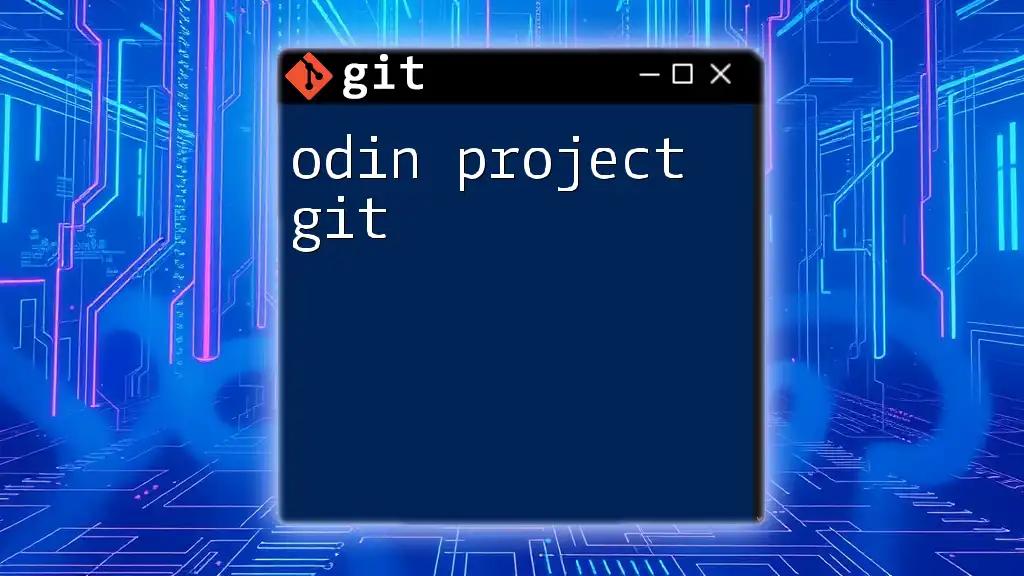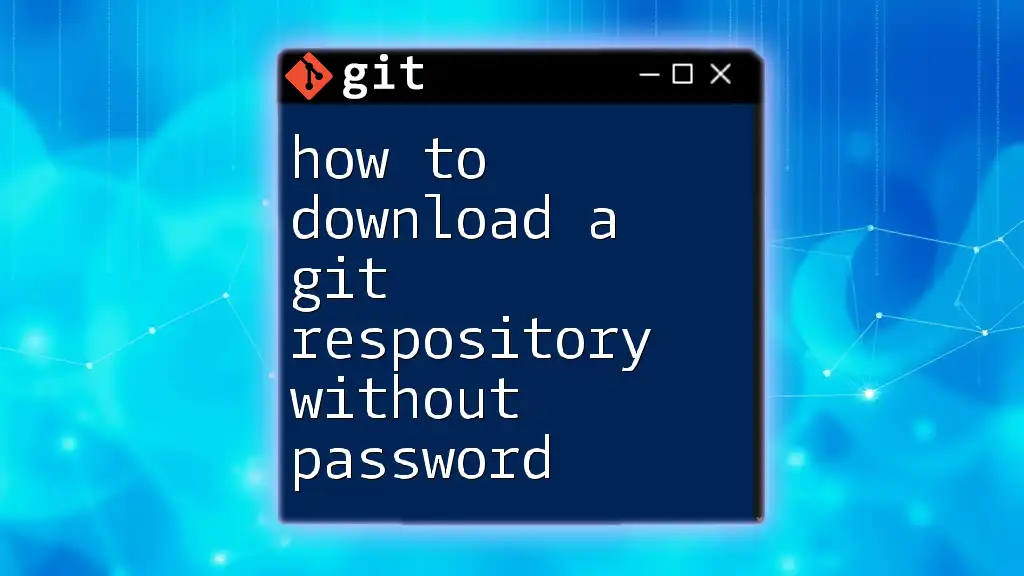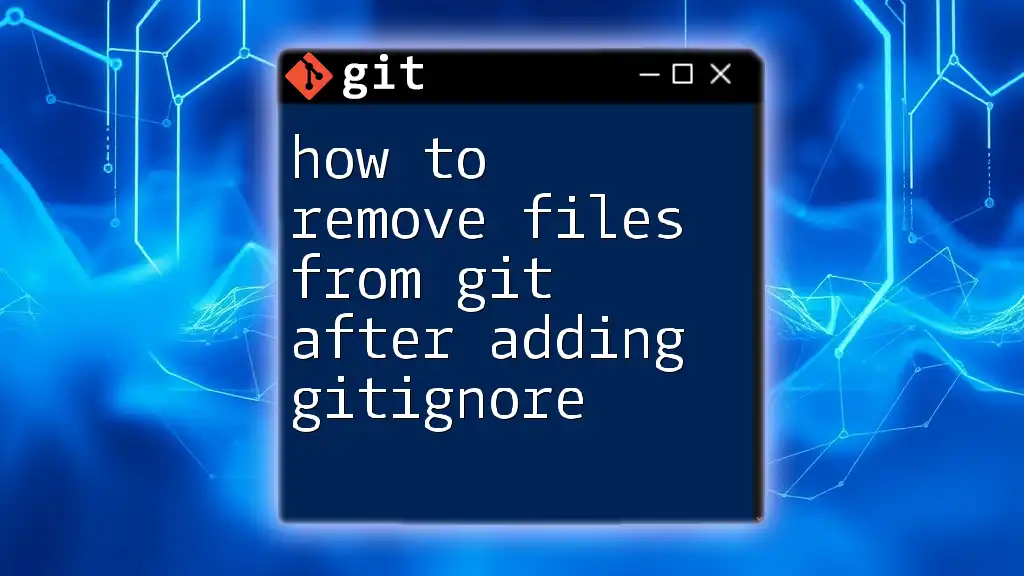To download a project from Git, use the `git clone` command followed by the project's repository URL.
git clone https://github.com/username/repository.git
Understanding Repositories
What is a Git Repository?
A Git repository (often abbreviated as repo) is a storage space for your project, which can be either local or remote. Local repositories are found on your own machine, while remote repositories are hosted on platforms like GitHub, GitLab, or Bitbucket. Repositories play a crucial role in collaborative software development by allowing multiple contributors to work on a project simultaneously while maintaining a historical record of changes.
Where to Find Git Repositories
There are many platforms where you can find Git repositories:
- GitHub: The largest platform for hosting Git repositories, ideal for open-source projects and collaboration.
- GitLab: Offers similar services as GitHub but also includes built-in CI/CD features.
- Bitbucket: Focused more on team collaboration and often used for private repositories.
You can easily search for projects by using the search feature available on these platforms. Enter keywords related to your interests or browse through categories.

Downloading a Git Project
Cloning a Repository
When learning how to download a project from Git, the most effective method is to clone it. Cloning creates a copy of the entire repository, allowing you to work on it locally while retaining complete access to its entire history.
How to Clone a Repository
To clone a repository, you use the basic syntax of the clone command:
git clone <repository-url>
Example of cloning a repository from GitHub:
git clone https://github.com/username/repository.git
This command will create a full local copy of the specified repository on your machine.
Using SSH vs HTTPS
When cloning, you have the option of using SSH or HTTPS protocols. Understanding these protocols is essential for secure and efficient operations.
Understanding the Protocols
- HTTPS: Better for beginners and offers simplicity. However, you may need to input your username and password for private repositories.
- SSH: More secure and allows for password-less authentication through SSH keys, making it ideal for seasoned developers.
How to Clone via SSH
If you want to clone using SSH, you'll need to set up SSH keys on your local machine (you can find guides on how to do this). Once you’ve set that up, you can clone a repository using:
git clone git@github.com:username/repository.git
This method calls for no username or password, leading to a smoother workflow.
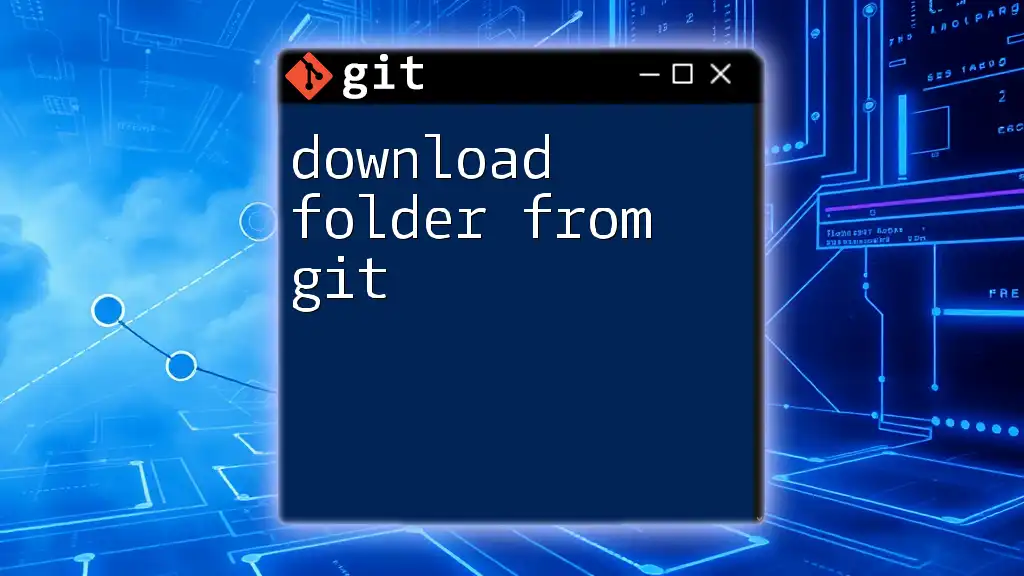
Downloading without Git
Downloading as a ZIP
Sometimes, you might want to download a repository without installing Git. In such cases, downloading as a ZIP file is a great alternative.
When to Opt for ZIP Download
- You may not require the entire version control system.
- You're only interested in the specific state of the project at that time.
Steps to Download a ZIP File
To download a ZIP file from GitHub, follow these simple steps:
- Navigate to the main page of the repository.
- Look for the green "Code" button and click it.
- Select "Download ZIP."
This action will download the project as a ZIP file, which can then be extracted and used.
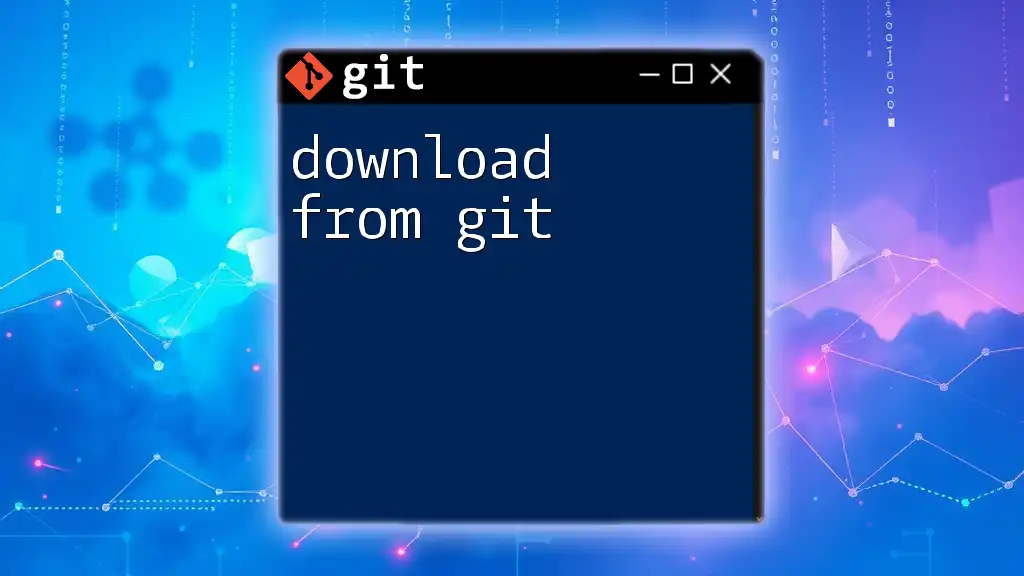
Post-Download Steps
Navigating to Your Local Repository
Once you have successfully downloaded a project, it’s time to navigate into your local repository. Use the command:
cd repository-name
This command changes your current working directory to the project's folder.
Understanding the Project Structure
When you enter a cloned or downloaded repository, familiarize yourself with its structure. Each project typically contains specific files:
- README.md: Contains vital information about the project, including setup instructions and use cases.
- source code directories: Organized collections of files that make up your application.
- configuration files: Settings that manage the behavior of the application.
The README file is key to understanding how to set up and run the project. Always read it to get a grasp of what the project is about.
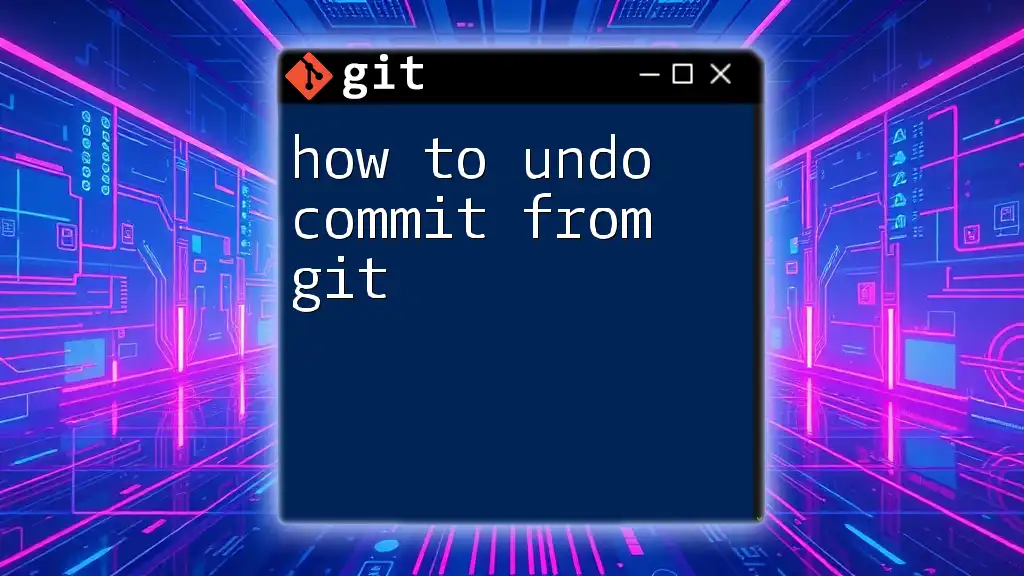
Examples and Best Practices
Example Projects to Clone
To gain practical experience with Git, consider cloning these open-source projects:
- FreeCodeCamp: Excellent for web development enthusiasts.
- TensorFlow: Great for those interested in machine learning.
- React: Perfect for frontend developers.
How to Choose Projects
Select projects that align with your personal interests or skill development goals. Look for active repositories with recent commits, as it indicates ongoing maintenance and support.
Best Practices for Working with Cloned Projects
Once you have cloned a repository, it's crucial to keep it updated with any changes made in the original repository. You can do this easily with:
git pull
This command fetches updates from the upstream repository and merges them with your local copy. Additionally, if you plan to contribute back to the project, understanding branching strategies will be vital as you navigate through the workflows.
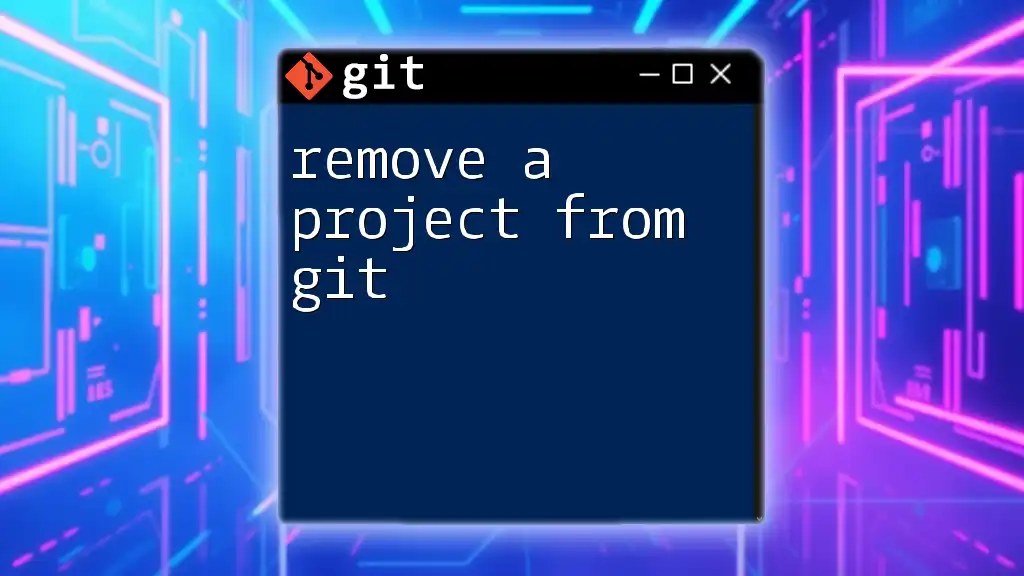
Troubleshooting
Common Issues When Downloading Projects
- Firewall and Network Issues: If you’re having trouble connecting, check your firewall settings or network configuration.
- Authentication Errors: For SSH errors, verify that your SSH keys are correctly set up and that you have the necessary permissions.
Seeking Help
When faced with challenges, community forums such as Stack Overflow or the GitHub Issues page can be invaluable. Don't hesitate to reach out and ask for help.
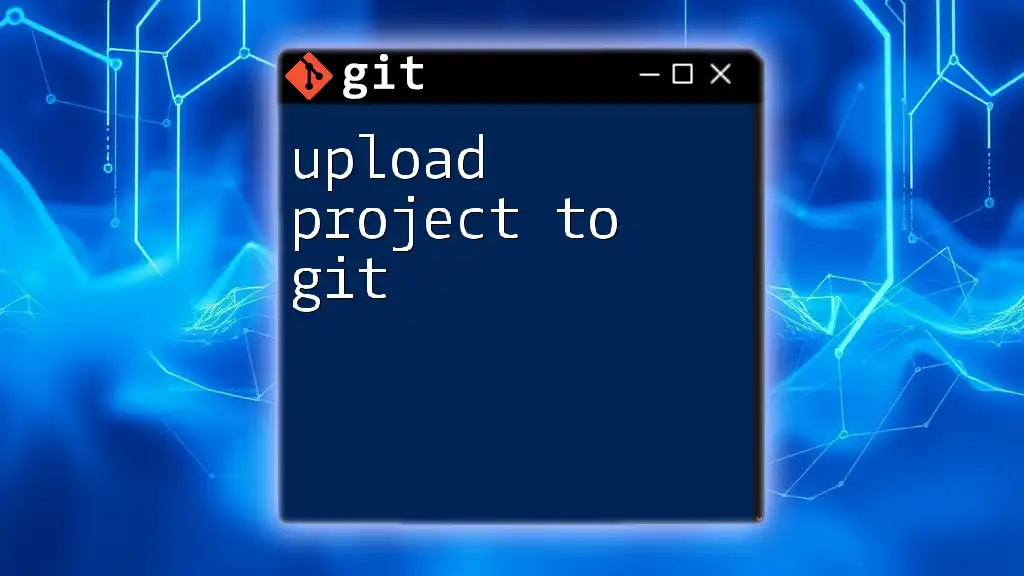
Conclusion
Downloading a project from Git can be accomplished through cloning or downloading a ZIP file, allowing you to work on it locally. By understanding the differences between protocols, navigating your project structure, and adopting good practices, you’ll be well on your way to mastering Git. Don't forget to check out further resources and tools to enhance your Git experience!

